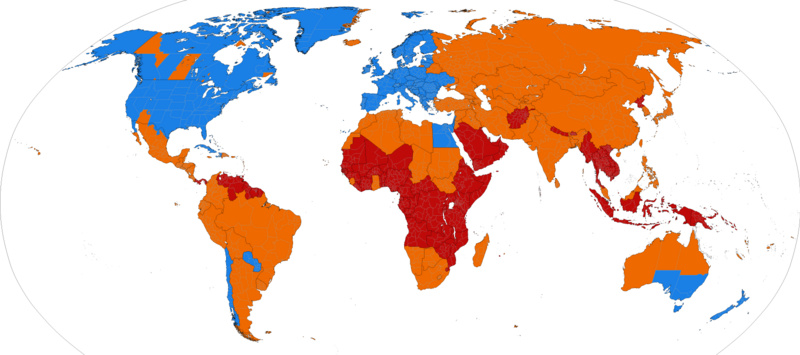Oddly enough, a form of Daylight Saving Time was around in ancient times. The Romans, for example, created a water clock that was based on the time of sunlight during the day, so an hour in the winter may have lasted 44 minutes, but an hour in the summer may have lasted 75 minutes. Once civil hours were created, it didn't matter how long the sun was in the sky. There are a few places where relative hours are still used, such as some monasteries. Benjamin Franklin is known for saying "Early to bed, early to rise, makes a man healthy, wealthy, and wise." While serving as an American envoy to France, he wrote a satire saying that the French should tax shutters, ration candles, and be awoken at sunrise by church bells and cannons. He proposed that people woke up earlier to save on artificial light and thereby using the light from the morning. Europe at the time didn't exactly have a standardized time schedule, and there was no real need for an exact time. That is, until trains came along, and a standardized clock schedule had to be used. Some people have incorrectly stated that Benjamin Franklin was the originator of Daylight Saving Time because of his satirical writing mentioned above.
The actual origin of Daylight Saving Time wasn't even an American invention at all. George Vernon Hudson of New Zealand originated the idea. He was an insect collector and valued his daylight after he completed his shift job. He proposed a two-hour daylight-saving shift in a couple papers from 1895-98 to the Wellington Philosophical Society. Completely independent of Hudson, there was William Willett in England, who enjoyed golf in the evening and noticed how the people of London slept through a lot of sunlight in the summer. He originally came up with his plan in 1905 to advance the clock during the summer months. He published his plan, and a member of Parliament took up his plan and introduced a Daylight Saving Bill in the House of Commons in 1908. The bill didn't become law, and Willett continued to lobby for it until he died in 1915.
The first country to adopt a Daylight Saving Time was Germany in 1916 as a means of conserving coal during the war. Germany's allies adopted this practice as well. England and most of England's allies, as well as many European neutral countries, soon adopted the practice also. Russia and a few other countries adopted it in 1917, and the United States didn't join in the practice until 1918.
 |
| Blue: DST observed Orange: DST no longer observed Red: DST never observed |
You may not be surprised to know that not all countries follow the Daylight Saving Time practice the way, and some don't follow it at all. Some countries do "permanent" Daylight Saving Time, which is where they don't move their clocks backward and forword. They use the summer clock hours all year long. Belarus, Russia, and Iceland are three of these countries. England went the permanent way from 1968-71. Another form of "permanent" Daylight Saving Time are countries that put their clocks according to the time zone to the east of their country (for example, it would be like if Missouri set its clocks to Eastern Standard Time Zone instead of following the Central Standard Time Zone, even though Missouri is geographically located in the Central). Some countries that follow this practice are Argentina, Georgia (the former Soviet republic), Kazakhstan, Senegal, Sudan, and Turkmenistan.
Even though the benefits and problems of Daylight Saving Time are always debatable, the fact remains that fewer and fewer countries are still practicing it. One day, the use of Daylight Saving Time may change in the United States, but for now, it is a tradition that comes and goes every year. The interesting thing is that it seems to be getting longer each year. Only the future will show us how the Daylight Saving Time story will go.
Bet you didn't know that!
No comments:
Post a Comment